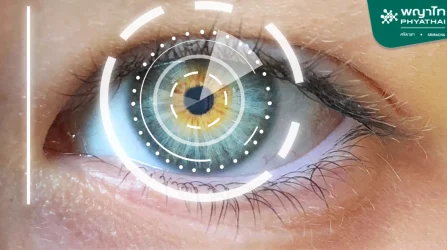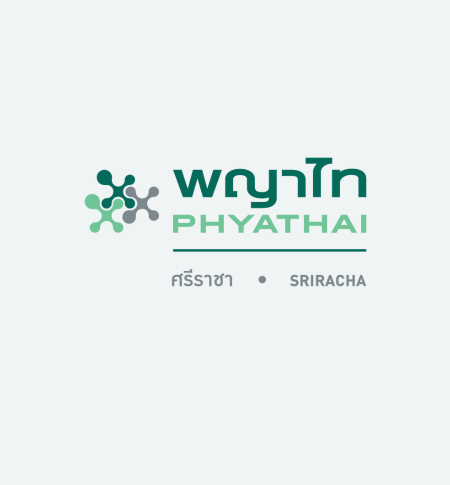Coronary angiography, also known as heart catheterization, involves threading a catheter through a small incision in the groin, wrist, or arm up to the coronary arteries and injecting a contrast dye. Subsequently, an X-ray is performed, capturing images of the coronary arteries to assess any blockages or constrictions.
For further information or Booking..
What is the Purpose of Coronary Angiography?
Coronary angiography (CAG) is a vital diagnostic procedure that utilizes a small catheter with a central lumen of approximately 2 millimeters, threaded through the red blood vessels. The catheter is advanced through the groin, arm crease, or wrist, reaching the coronary arteries. A contrast dye is continuously injected through the catheter to illuminate the coronary vessels, allowing for X-ray imaging and recording of the coronary arteries’ pathways. This process aids in the accurate diagnosis and treatment of coronary artery diseases.
When is Coronary Angiography Recommended?
Coronary angiography is typically recommended for individuals experiencing severe chest tightness, shortness of breath, fatigue, profuse sweating, palpitations, darkening of the face, or potential pain radiating to the arms, shoulders, or jaw. Individuals with a history or risk factors for coronary artery disease—such as diabetes, hypertension, high cholesterol, family history of heart disease, obesity, or smoking—may also undergo this procedure. Additionally, abnormalities detected in other screening tests like electrocardiograms or echocardiograms can prompt the need for coronary angiography.
What are the Steps Involved in Coronary Angiography?
Before the procedure, patients are advised to fast for approximately 6 hours. Nurses clean and prepare the wrist or groin area for catheter insertion. The patient receives anesthesia, and the insertion site is punctured to thread the catheter and diagnostic wire into the coronary arteries. The patient may feel discomfort during the procedure, but it is generally not painful. After the catheter is removed, pressure is applied to the insertion site until bleeding stops, taking about 30-60 minutes in total.
Reporting the Results of Coronary Angiography
After completing the coronary angiography, the physician will inform the patient and their family of the results. If the patient has mildly narrowed coronary arteries, the physician may consider treatment with medications. In cases where the coronary arteries show significant narrowing, the patient may be recommended for treatment involving balloon angioplasty with stent placement or coronary artery bypass surgery. The physician can initiate the appropriate treatment immediately following the angiography, which typically takes about 45 minutes to 1 hour. For cases with severe multiple coronary artery narrowings, surgical intervention may be necessary later on.
Post-Angiography Guidelines
- Avoid Bending Legs/Arms: Refrain from bending the legs or arms on the side of the angiography for 4-6 hours, using a pressure bandage if the catheter is inserted through the groin. If a leg compression device is used, lie flat for 6 hours.
- Normal Conditions and Discharge: If there are no abnormal symptoms, the patient can usually be discharged within 4-6 hours. After balloon angioplasty, patients can return the next morning and resume normal wound care and bathing.
- Seek Medical Attention: If there is swelling, significant pain, or chest discomfort preventing lying down, consult a physician promptly.
- Adequate Rest: Take sufficient rest, avoid strenuous activities, and refrain from exercising the arms and legs involved in the procedure for about a week.
- Medication Compliance: Take prescribed medications regularly and attend follow-up appointments as scheduled. In case of any abnormalities, consult a physician before the scheduled appointment.
Cardiac Care at Phyathai Sriracha Hospital
The Heart Center at Phyathai Sriracha Hospital has experienced cardiologists specializing in the treatment of heart and vascular diseases. We provide comprehensive cardiac care services 24 hours a day, ensuring prompt intervention for heart attack patients within an average response time of 35 minutes. This meets the standard for timely life-saving intervention, giving heart attack patients a survival advantage if treated within the first 90 minutes on average. Our physicians continue to monitor and care for patients until they return to normal conditions.
People with a coronary artery calcium (CAC) score of 0 have less than a 1% chance of developing heart disease within 5 years, whereas if the CAC score is above 300, the likelihood of developing the disease is higher than 10%.
For further information or Booking..



















